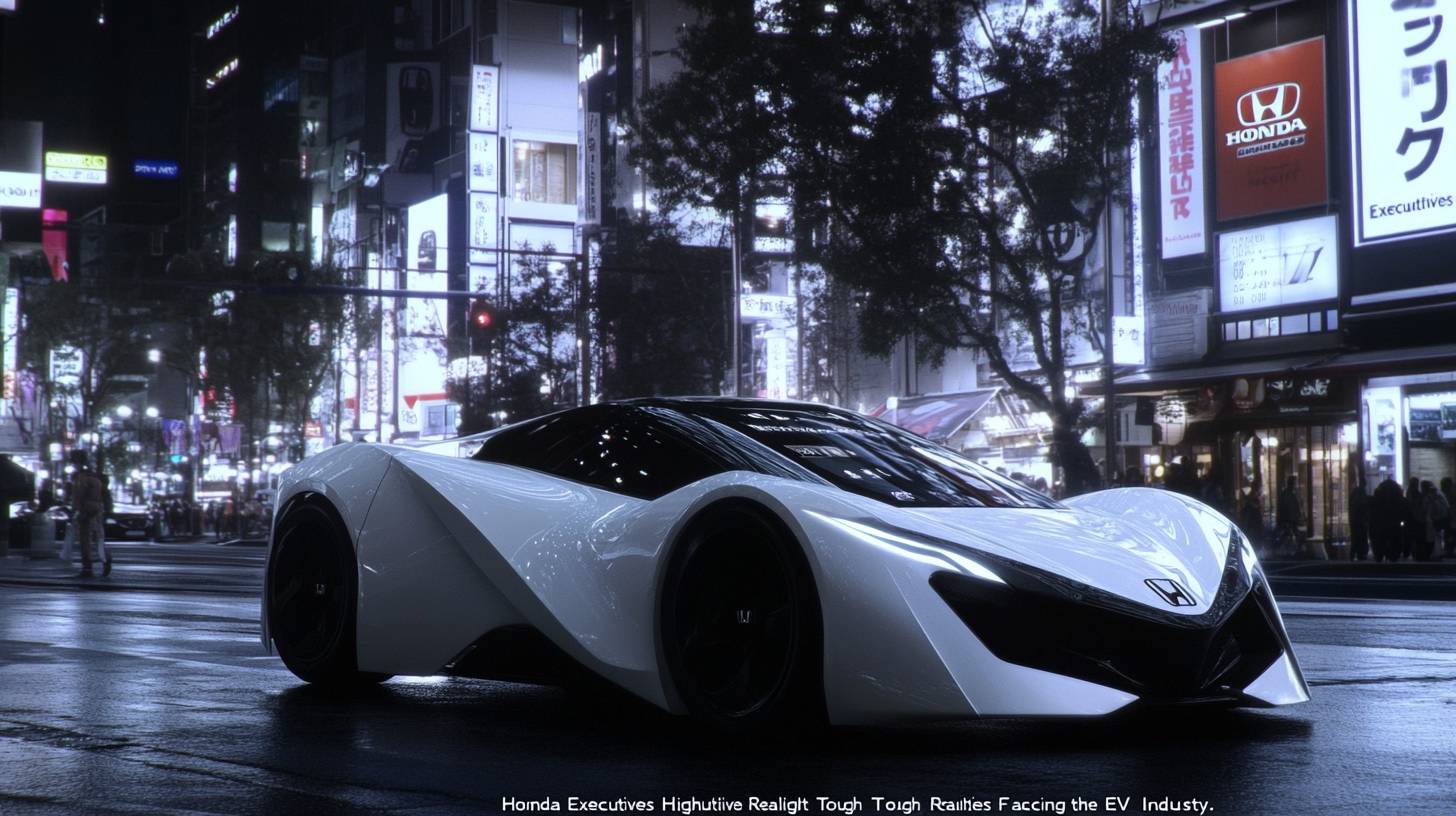
Honda’s prudent strategy for EV integration
Honda’s strategy concerning the electric vehicle (EV) sector is distinctly prudent, highlighting a tactical caution that stands in stark contrast to the vigorous growth pursued by other car manufacturers. In spite of the increasing traction in EV sales, Honda’s leadership continues to emphasize the comprehensive ecosystem needed to facilitate widespread adoption. The company’s executives have expressed a profound awareness that the shift from internal combustion engines (ICE) to battery electric vehicles (BEVs) transcends merely increasing EV output; it entails a fundamental transformation of the automotive landscape.
American Honda President and CEO Kazuhiro Takizawa, along with Honda Global Executive Vice President Shinji Aoyama, have highlighted that the existing EV infrastructure, especially charging networks, is not yet sufficiently developed to enable a swift transition. They contend that consumer adoption will occur gradually, influenced by the accessibility and practicality of charging solutions. This viewpoint holds particular significance in areas such as Australia, where extensive distances separate urban centres and the relatively immature EV infrastructure poses distinct challenges.
Takizawa has noted that even with financial incentives in place, convincing consumers—particularly those in areas with sparse charging facilities—to transition from ICE vehicles to EVs is a considerable challenge. This cautious outlook is manifested in Honda’s current offerings, which feature only one EV model, the Prologue SUV. Although sales of the Prologue have shown an uptick, with 1,516 units sold in the previous quarter compared to merely 19 in the first quarter, these numbers still account for a minimal portion of the overall market.
Honda’s strategy emphasizes a long-term perspective, with substantial investments focused on establishing an EV supply chain that meets the criteria of the Inflation Reduction Act (IRA) tax incentives in North America. Nevertheless, the company is not hurriedly saturating the market with EVs. Instead, it is committed to incrementally readying the ecosystem, permitting consumers to transition at their own pace. This approach may resonate particularly well with Australian consumers, who are also navigating the initial stages of EV adoption amid similar infrastructure hurdles.
Local obstacles in EV adoption and infrastructure
Regional variations in EV adoption are a crucial element shaping Honda’s cautious strategy. In areas where EV infrastructure is lacking, particularly in rural settings or those with severe weather, the challenges become especially noteworthy. For example, in the United States, dealers in states such as Montana and North Dakota have voiced concerns regarding the feasibility of EVs in their areas. These worries are reflected in Australia, where the long distances connecting cities and towns, along with a still-evolving charging network, create analogous difficulties.
In Australia, the scenario closely mirrors that of the U.S., with EV adoption predominantly occurring in urban centres like Sydney, Melbourne, and Brisbane, where charging infrastructure is more accessible. However, in more isolated regions, the scarcity of charging stations and the considerable distances between them render EVs less viable. This is further complicated by Australia’s distinctive climate, where extreme heat in the outback or chill in the southern parts can impact battery performance and range, similar to the harsh winters in North Dakota.
Dealers in these areas are understandably reluctant to advocate for EVs, cognizant that the necessary infrastructure to support them is still lacking. This sentiment is corroborated by the CDK Global survey, which revealed a considerable percentage of dealers in less EV-friendly regions reporting a lukewarm interest among their sales teams in promoting EVs. The same sentiment applies to Australian dealers operating in rural or regional areas, where the focus continues to be on traditional internal combustion engine (ICE) vehicles that are more attuned to the present infrastructure and consumer requirements.
Furthermore, the financial implications of developing EV infrastructure in these areas are significant. Establishing a comprehensive charging network across Australia’s expansive landscape would necessitate considerable investment, the immediate return on which may not be clear given the slow uptake of EVs outside major urban centres. This creates a cycle where consumers hesitate to purchase EVs due to insufficient infrastructure, and infrastructure progress lags due to the low volume of EVs on the roads.
Honda’s strategy of gradual ecosystem advancement fits aptly within this framework. By not rushing headlong into the EV market, Honda is allowing sufficient time for the necessary infrastructure to evolve, ensuring that when consumers are ready to make the switch, the supporting systems are available. This tactic may ultimately prove more sustainable over the long term, particularly in markets like Australia, where the shift to EVs is likely to be a prolonged journey rather than a swift transition.

